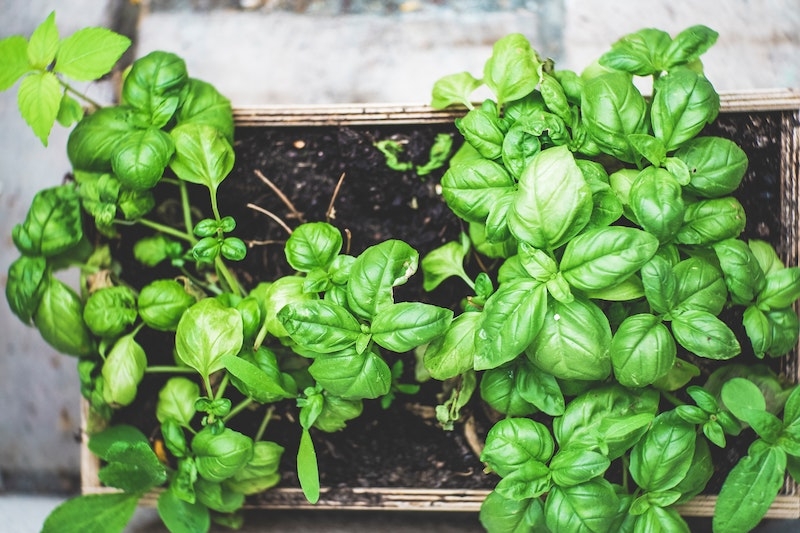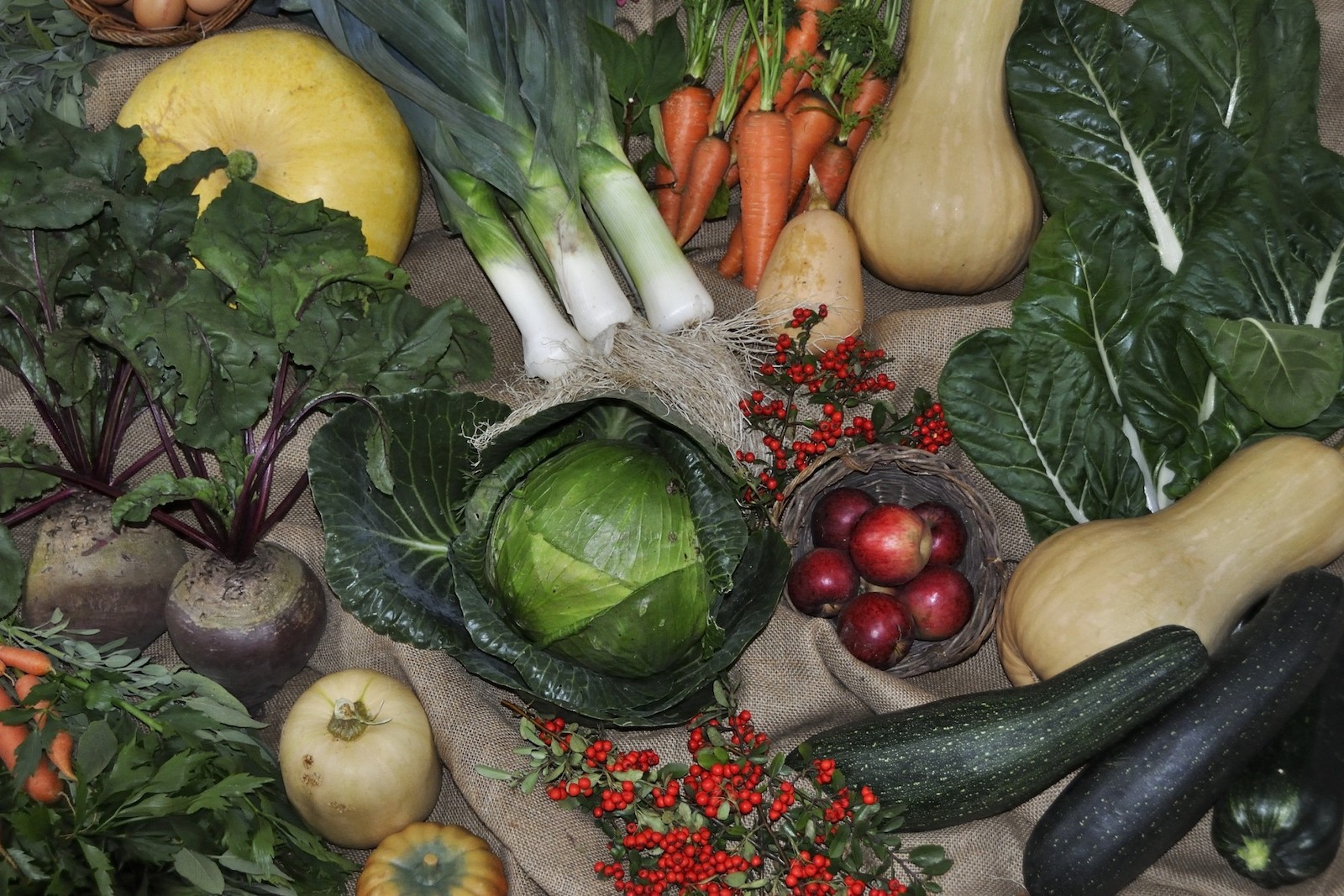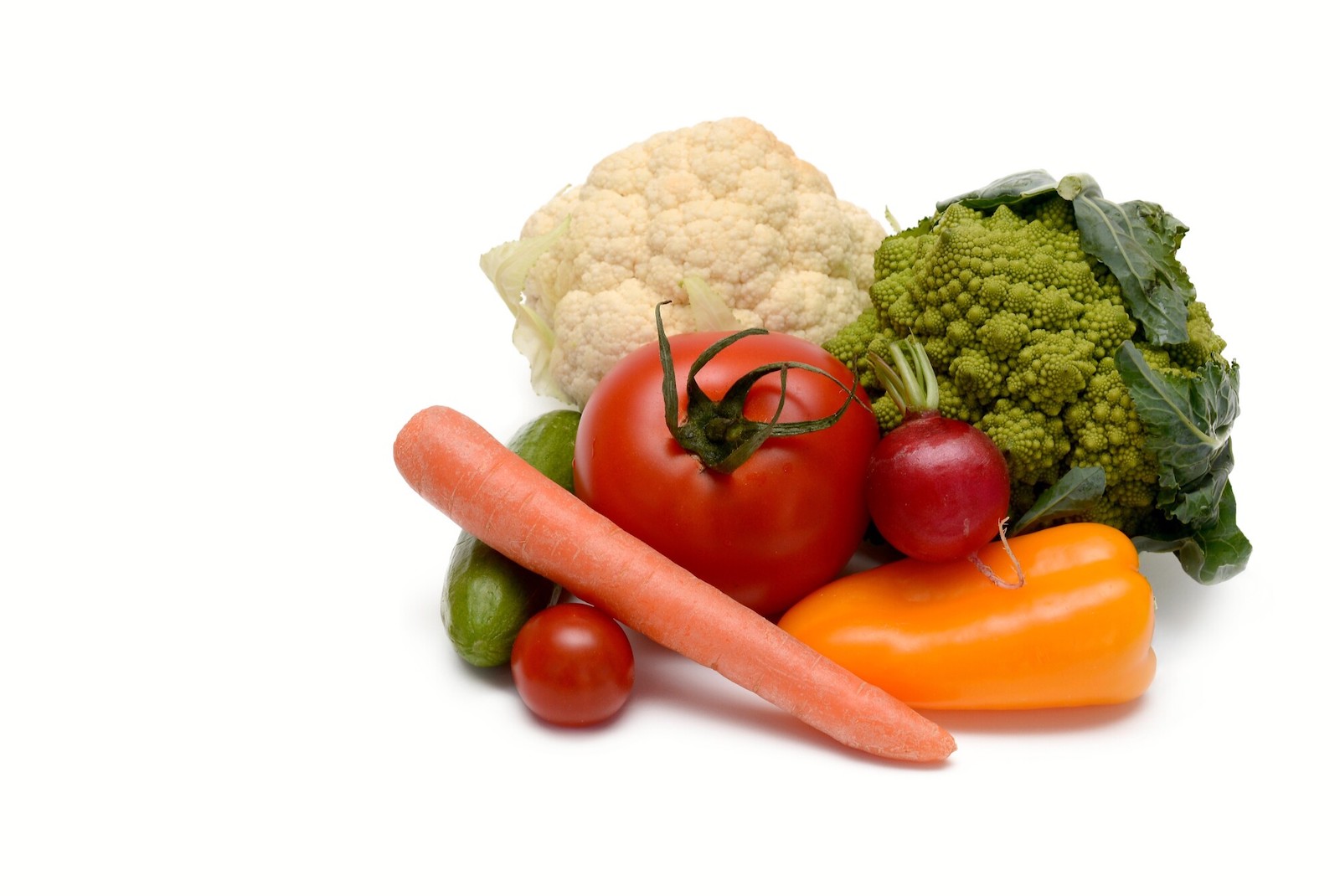6 Tasty, Nutritious Vegetables You Can Easily Grow Indoors
- By Alex Malinsky
- Jun 11, 2020

Eating locally is one of the most powerful things we can do as humans to lessen our overall carbon footprint, support and strengthen our local economy, and advocate for transparency in our food system. And while this certainly means buying from local farmers as much as possible, there are many nourishing foods we can grow right at home. And it doesn't get more local than that. Think you need a large backyard with perfectly amended soil and a giant green thumb to start growing your own food? Think again.
There are plenty of edible goodies you can grow right indoors with some high quality organic, all-purpose potting mix, food-safe containers or pots that drain from the bottom, some open space near a large (preferably south-facing) window, and a little courage. Because trying new things can be intimidating! But also so rewarding.
1. Herbs (basil, mint, parsley, cilantro, chives, etc)
Nothing brings life to a dish quite like the flavor of fresh herbs – especially when you can harvest them moments before you sit down to enjoy your meal. Pot herbs like basil, mint, and parsley are also some of the healthiest foods we can consume - they're packed with important phytonutrients that help support our immune system. Delicate leafy herbs can be grown from seeds or starter plants in simple containers or pots right on your window seal. Make sure your container is able to drain from the bottom and keep the soil nice and moist, but don't overwater. Try using a spray bottle to mist, instead of a watering can, so that the seeds and/or roots don't become waterlogged. Plant enough so that you can always have a supply of fresh leaves to harvest from.
2. Lettuces and other leafy greens
Lettuces and other delicate leafy greens like spinach and arugula do well in temperatures around 65-70 °F and direct sunlight - great news for the indoor gardener. Like herbs, you can either start your lettuce from seed or starter plants. Just be sure to space them out in your container(s) so they don't become overcrowded. Also, keep in mind lettuce likes nitrogen-rich soil, so having an organic fertilizer you can use about 3 weeks after you plant them will help get things off to a great start and ensure you have healthy growth. Keep in mind indoor air is typically dry, so check your soil often to make sure your plants don't become dehydrated.
3. Celery
Are you on that celery juicing wagon? With all of those health benefits, it's definitely not a bad idea to be drinking and eating as much celery as possible. Why not grow, or rather regrow, some indoors! Simply cut off the end of your next bunch of celery from the supermarket, set it in a shallow glass bowl or jar, and fill with fresh water, enough to submerge the root end by about 1 inch. Place your celery experiment near a window, being sure to switch out the water every few days to avoid spoilage. In just a matter of days, you'll start to see new leaves forming from the center, with small roots, stalks, and leaves forming underneath about a week later. Your baby celery can then be transplanted into a larger container with potting soil until its fully ready to be harvested.
4. Sprouts (broccoli, alfalfa, clover)
Sprouts are one of the easiest and most affordable ways to boost your diet with concentrated nutrition. They are packed with enzymes, chlorophyll, vitamins, minerals, immune-boosting phytocompounds, and cell-protecting antioxidants. Sprouts can be grown from organic sprouting seeds in quart-sized glass mason jars with mesh lids. You will need some simple infrastructure to enable your jars to stay tilted at an angle for drainage (a glass bread pan or metal dish rack works!) while the seeds go through their sprouting process. Seeds will need to be soaked about 8-12 hours, then rinsed and drained and left to sprout for around 4-5 days. Be sure to rinse your seeds thoroughly each day to keep your sprouts fresh and free of mold and bacteria. You can also choose to soak your seeds in water with a splash of food-grade hydrogen peroxide added to help prevent spoilage. Be sure to use only organic seeds intended for human consumption.
5. Sunflower microgreens
Sunflower seeds, specifically the black ones intended for sprouting (not the grey stripey ones you can crack open and eat), can be turned into delicious microgreens packed full of both nutrition and flavor. They make a crisp and crunchy garnish for soups and salads, can be used in sandwiches, or just eaten by the handful. To get started simply soak your sunflower seeds for around 8-12 hours, then rinse and drain. Unlike the sprouts mentioned before, sunflower greens cannot grow in mason jars, they need a thin layer of growing medium (potting soil or coconut core work well) to rest on. You can use a nursery tray or a container of your choice depending on how many sprouts you want to grow. Scatter a thin layer of soaked seeds on top of the growing medium (make sure it's nice and moist), mist with plenty of clean water, then cover with another container or loose-fitting lid to block out light for 2-3 days. Once they begin to sprout, remove your lid and let them continue to grow with direct light until they are lush and green and ready to harvest - about 3-4 more days. Be sure they are watered daily.
6. Radishes
So you've been growing greens and celery like a boss? Take it to the next level with this totally “rad” root veggie! Like sprouts, radish seeds need to be soaked prior to planting – around 48 hours of soaking. Plant your pre-soaked seeds in a container or box, about an inch under the soil, then cover your container with plastic wrap to keep things humid and protected from wind or drafts. Be sure not to overplant, but if you do find you have too many shoots popping up, you can always thin them out as they grow and eat the greens. Radish shoots will pop up within just a few days. Within 1-2 weeks you can start harvesting your radish greens and adding them to salads, and in one month's time, you should be able to harvest your radishes too. Keep in mind radishes like cooler temperatures, so grow them in a cool area of the house for the best results.




